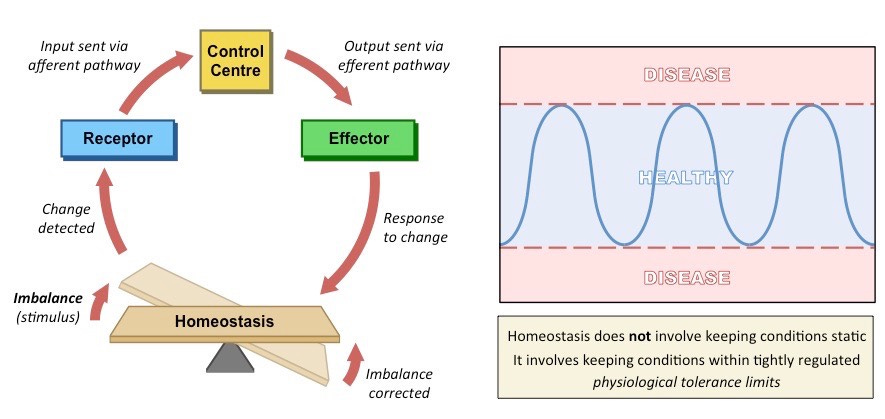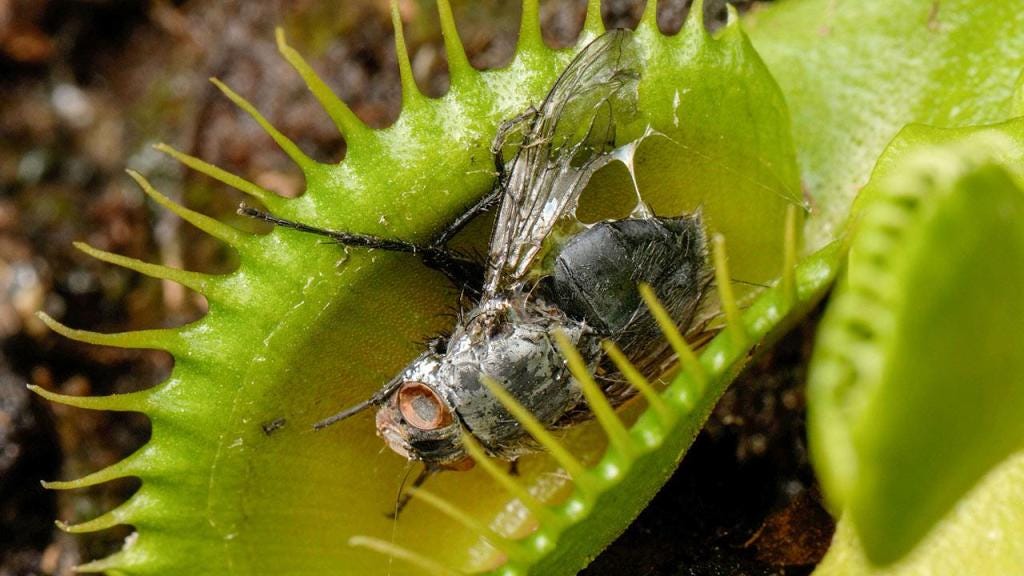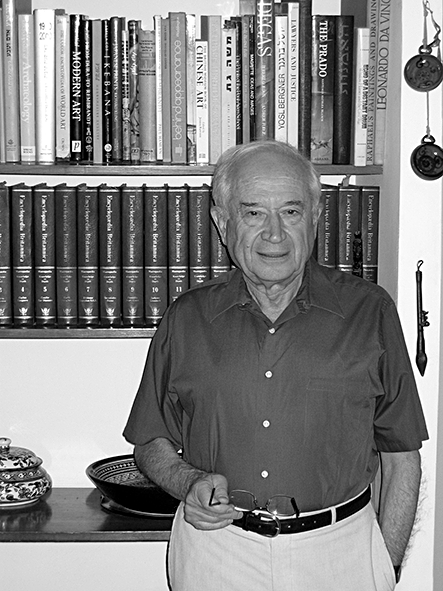Most people haven't heard much about the Endocannabinoid System (ECS), because most people get their news from mainstream media. You're here though, so let's dig in. This post will be quick, dense, and contains a short "rant" about the lack of press on the subject.
All animals have an Endocannabinoid System. "Endo" means internal or within, as in the human body produces its own cannabinoids. When Plants produce cannabinoids, they are called phytocannabinoids. "Phyto" means derived from Plants. It's a bit unclear if Plants other than the cannabis genus produce phytocannabinoids.
Prima says: It is not uncommon for people to cite cannabis as the only plants to contain cannabinoids. After all, they have “canna” in the name. But, as it turns out, there are many plants with cannabinoid-like compounds that interact with the endogenous cannabinoid system... So it may just be a matter of how "endocannabinoids" and "cannabinoid-like" compounds are defined by language, and the state of science. I would guess that in time, scientists will discover that all Plants have some compounds that affect the ECS in some way. Prima said Sunflowers, Echinacea, Black Truffles, Black Pepper, Cacao, Electric Daisy, Japanese Liverwort and Kava all have "cannabinoid-like compounds."
To understand the Endocannabinoid Sysem, I think it's helpful to go back in mankind's evolution. Way back. Back to when Plants and Animals weren't even Plants and Animals.
In layman's language, and at the risk of overgeneralizing, Plants and Animals split way back. Animals became predators. Plants took what they needed from the soil and the sun, while Animals took what they needed from other Plants and Animals.
In general.
There are some "carnivorous" Plants like the Venus Flytrap. And humans produce Vitamin D from the sun for use in our bones. So Plants and Animals are not so different after all.
What do the predators, Animals, need from Plants? Is it just fuel- calories? Seeing how Plants and Animals both produce cannabinoids, it seems like our ECS must be an ancient common denominator of sorts between Plants and Animals. Maybe even something fundamental to life itself. Something we need to supply with compounds we make in our bodies if/when we have to, but if we can get it from Plants, and maybe even some better stuff, all the better.
Dr. Sunil Aggarwal would probably agree.
How Cannabis Coevolved With Humanity, And Could Save It Now: In short, Aggarwal said, “This cannabis ancestor happened to make these compounds that bind to receptors in the human system which tap into an even older evolutionarily evolved biological system, which goes back 600 million years: a magnitude older in terms of stages of the formation of life.”
Specifically, those receptor types — known as CB1 and CB2 today — trace to “when multicellular organisms were becoming multicellular, and were trying to figure out how to send communication and modulate action,” Aggarwal said. “In biogenetic mapping, when you look at different species and map how old they are, you find cannabinoid receptors going back, and through today. In Homo sapiens, it’s a really integrated system for cell communication.”
The ECS dates back all the way back to when cells were first communicating with each other. Back to when life was becoming multicellular.
Plants and Animals are much more advanced now, and our cells are doing a lot more communicating. This is what the Endocannabinoid System controls in humans. Pretty much everything, looks like.
The Endocannabinoid System is responsible for "homeostasis." Homoeostasis occurs when your systems are in their right range- not too high, not too low, not to hot, not too cold. Just right. An equilibrium in your body.

Wholistic Matters: The endocannabinoid system (ECS) is a complex network of receptors, signaling molecules, and metabolic enzymes that most people do not know about. A building body of research shows that the ECS has a significant influence on human health and well-being, serving an essential function in the human body: restoring homeostasis via physiological and regulatory mechanisms.
Microbe Notes: Homeostasis is the ability of living systems to maintain a steady and uniform internal environment to allow the normal functioning of the systems..
Sounds important. Raphael Mechoulam agrees.
International League Against Epilepsy: “Two eminent scientists at the NIH said that the endocannabinoid system is involved in essentially all human disease,” said Mechoulam. “This is a very strong statement, but it seems to be correct." (Mechoulam was the first to isolate THC, and later was one of the pioneers in research on the ECS).
Seems like the key to understanding all human disease might have gotten some more press.
Does Cannabis have "no medical use" as it was legislated in the Controlled Substances Act of 1970, or is the lack of proper maintenance of the ECS involved in essentially all human disease?
Does the status quo method of treating disease with expensive chemicals (Pharmaceutical Industry) instead of Plants that can be grown inexpensively have anything to do with the answer? Were Pharmaceutical Companies blocking Cannabis for profit? Have they been blocking other herbs from medical use, for that matter, with complex clinical testing regulations to achieve "approved use?"
Hempster: Clinical endocannabinoid deficiency (CED) is not an official diagnosis, but a working theory that may explain why cannabis appears to treat such a wide range of seemingly disparate conditions, all of which may be related to the complex and multi-systemic workings of the ECS.
The assault on herbs can be traced to 1910 in the United States. In the Flexner Report, financed by the Carnegie Foundation, Flexner basically said that herbalists did not have the education or facilities that the pharmaceutical companies did, therefore they should be barred from medical practice. Flexner was employed by the Rockefeller Institute for much of his career. A lecture from Rachelle Chaykin has a section titled "herbalists under attack" that begins at the 7:50 mark for those interested in knowing more about the Flexner Report.
As of 2019, Pharma is a $1.25 Trillion market . Revenues are rising very steadily. Looks like they're in no danger of curing their way out of profits anytime soon.

END






Nice intro to the topic of endocannabinoids Charles Wright. I have an older post which partially addresses the question of how widespread endocannabinoids are throughout life, in many species in varied forms.
The oldest unchanged biochemical that I've read about is DHA, one of the omega 3 fatty acids. It can also be made into an endocannabinoid form.
my post - not the document about DHA though.
What do we have in common with pine trees and ticks?
Endocannabinoids is the short answer.
https://denutrients.substack.com/p/what-do-we-have-in-common-with-pine-trees-and-ticks